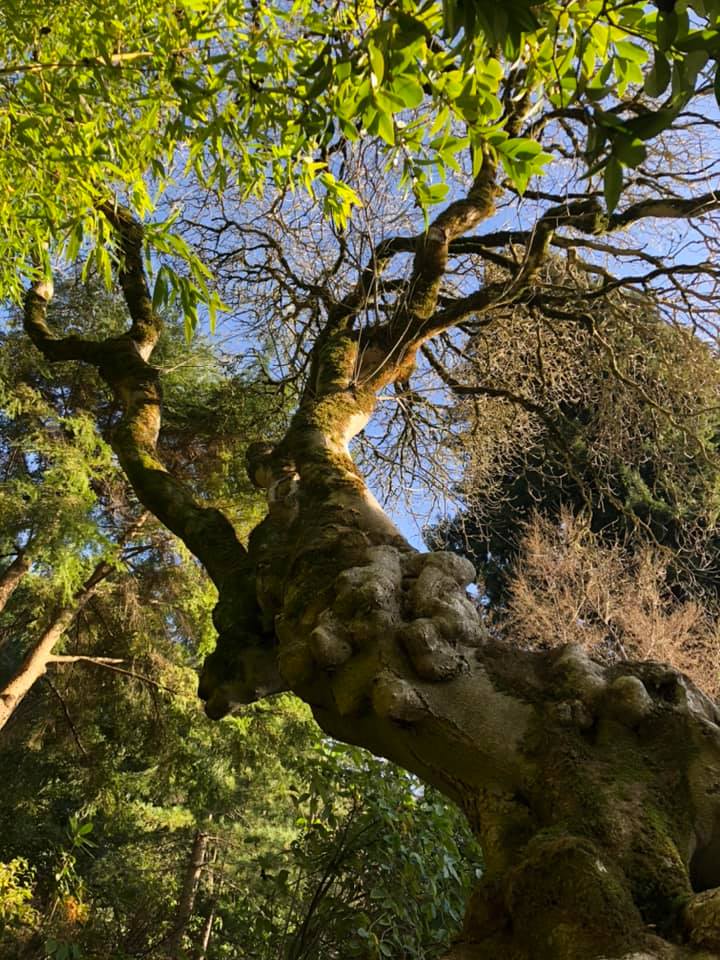Berkeley Buckeye Tree Profile
The Berkeley buckeye is known for its spectacular springtime show of dark red flowers – in fact, it was considered one of the most beautiful of all ornamental trees. Berkeley buckeye is a beautiful deciduous tree that can visually make any home or park landscape interesting.
How to grow buckeye
The Berkeley buckeye is a native tree prized for its wild and natural gardens. It is an ideal tree to plant under existing forest canopy, as well as large shaded trees for extra sun protection. It is also a good addition to home decor, but owners should be aware that the fruit is toxic to pets. Some of the other problems associated with these trees are powdery mildew and leaf spots.
Berkeley buckeye has become particularly popular with gardeners due to their small square size and very early flowering. By planting late-flowering trees on the red seahorse, you can ensure the color of your garden all year round.
It is a small tree that can be safely planted under power lines and is a popular choice for homes, parks, and other open spaces.
Sunlight
This tree thrives in full sun, with at least four to six hours of direct, unfiltered sunlight per day. Also tolerates sun / partial shade well.
Land/soil
The Berkeley buckeye is resistant to a variety of soils and grows in acidic soils. Also tolerates alkaline and clay soils well. The soil should always be moist and well drained to promote optimal growth.
Water
Berkeley buckeye should be watered regularly to keep the soil moist or evenly moist. Make sure you water at least once a week. However, it can tolerate occasional droughts and occasional flooding.
Temperature and humidity
The Berkeley buckeye tree blooms in late spring. Like a deciduous tree, it will lose its leaves depending on the season.
Manure
The Berkeley buckeye responds well to liquid fertilizers when planting or later when its seeds germinate. Make sure you follow a monthly feeding schedule for the first two years. Once the roots are well rooted, the fertilizer can be applied every six months. No fertilizer is needed to make a four or five-year-old tree.
Broadcast
Berkeley buckeye, which is most often grown from seed, germinates easily but has a nominal stratification of 30 days. The seeds can be planted immediately in the fall to a depth of an inch to an inch and a half. Stem cuttings are an alternative method of propagation, but high humidity is necessary for successful propagation. Both methods will produce trees that develop a strong root system during the first few years of growth.
Pruning
Size is the key to keeping your deer in good shape. Berkeley buckeye is one of the first trees to flower and sprout after winter, and although they are among the first to shed their leaves in the fall, they don’t fall asleep until the end of the year. While the best time to prune most chestnuts is summer, the intense growth of red chestnuts means pruning is best done closer to winter.
Need the tree that keeps your living room windows from shrinking? The hedge in your front garden? What about the tree leaning on the sidewalk? Remedy Tree removal Service arrives on time and ready to go with any type of job. Our licensed arborists have been honing their skills for years and take pride in the tree trimming service we provide.
For quality tree service in Berkeley – Oakland – Richmond, call Remedy Tree Removal Service for a free quote @ (510) 229-4567
Please read our next article “Tree Maintenance Problems and Risks“

